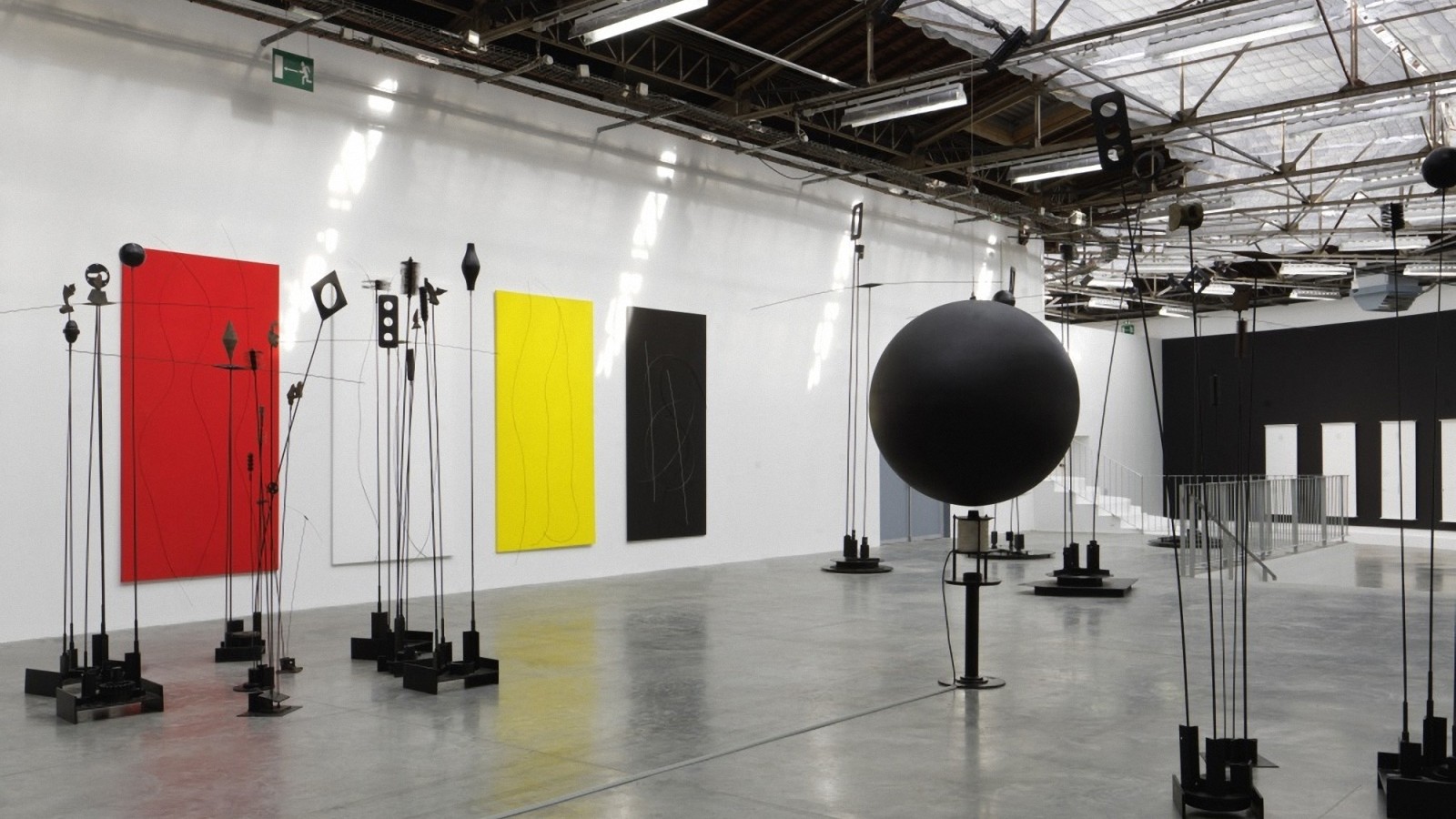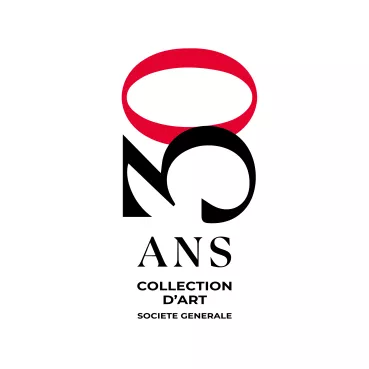
Takis - energy to spare
The Palais de Tokyo is currently showing a vast monograph, until 17 May 2015, and the Menil Collection in Houston is showing some of the artist's major works from its own collection (from 24 January to 26 July 2015).
You have probably passed, many times, the expanse of water lit by twinkling lights set at different heights, at the Esplanade de la Défense. It's been there since 1988. But do you know anything about the designer? He is a Greek artist, now 90 years old, well-known in the world of art from the 50s and 60s and one of the pioneers of the era. We need to go back in time a little, and return to the middle of the last century to place this work in its proper context. This young, self-taught artist, Vassilakis Panayotis Takis (shortened simply to Takis), arrived in Paris in 1954, attracted by the modern sculpture of artists such as Picasso and Giacometti. However, he very quickly abandoned traditional materials; fascinated by the "magic of science", he decided to explore the energy created by magnetic fields. Along with his contemporaries - artists of the New Realism movement (Klein, Arman, César, Tinguely) or those specialising in kinetic art (Soto, Agam, Le Parc) - he integrates new dimensions, such as movement, light and music, into his sculptures. His first Signaux piece was a simple construction of metal rods and piano wires that vibrate in the wind. He draws his inspiration from his contemporary environment and his love of airports and train marshalling yards. "Monsters' eyes lighting up and then extinguished, rails, tunnels, a jungle of iron" he says, with a lyrical, almost mythical tone.
He likes to play around, as we all do, manipulating the opposing forces arising from his use of magnets. The ability of magnets to act from a distance, pulling iron or metallic objects towards them, attracting or repelling other magnets, can seem magical... Takis makes good use of this magnetic force that is one of the essential laws of physics in our daily lives. He tweaks, experiments, links and combines ordinary materials, using manufactured objects, thus creating his compositions. These compositions demonstrate the forces by which the objects stay floating in place, giving the impression that they are suspended on an invisible pendulum. "We are surrounded by magnetism but we are unaware of it. Each and every human is a magnet," he likes to say.
He enjoys this attraction that we ourselves have, like children, for a game that he likes to play and which he invites the public to join in with as well; the game involves sprinkling iron filings on a piece of paper, under which a magnet is passed. The filings align themselves in the same direction thanks to the magnetic field, and form shapes that change and transform themselves according to the wishes of whoever is holding the magnet. Along with these smaller-scale works, he likes to experiment with monumental pieces - metallic pillars, vertical rods, spheres that spin, oscillate and dance according to his will. They are the totems of our time: telluric signals, magnetic antennae, radars that are cosmic and wind-driven all at once. Light and sound are never absent from his experiments on form in space, weightlessness and balance. In 1962 Marcel Duchamp called Takis, not without a touch of humour, the "happy ploughman of magnetic fields" and the work has lost nothing in terms of its power or its lightness!


